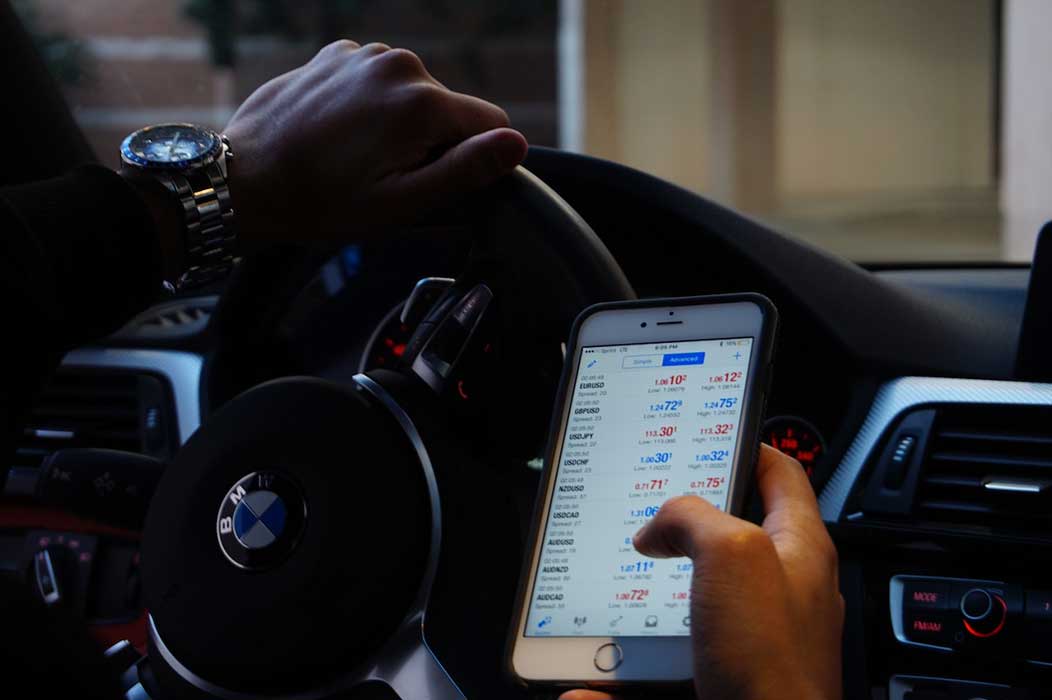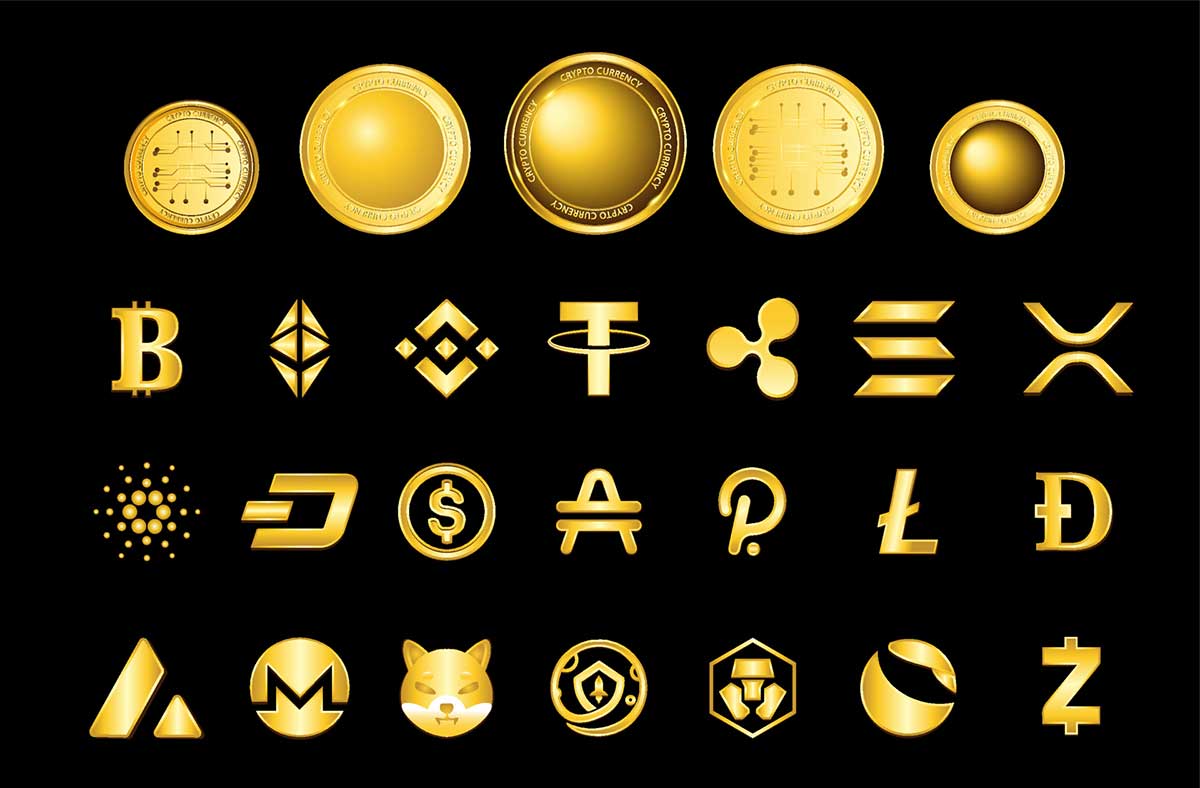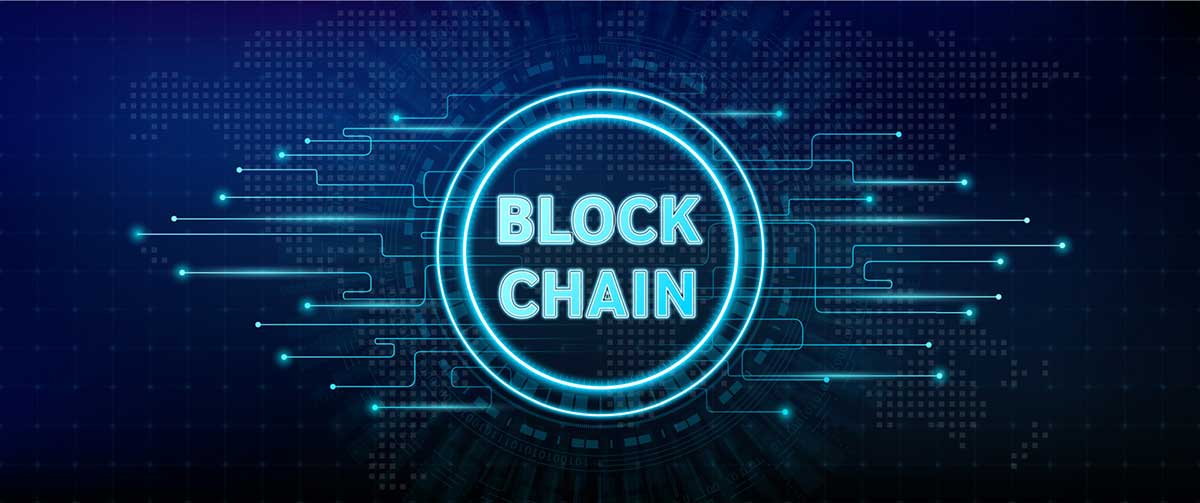How to Easily Locate Transaction Hash ID on Blockchain
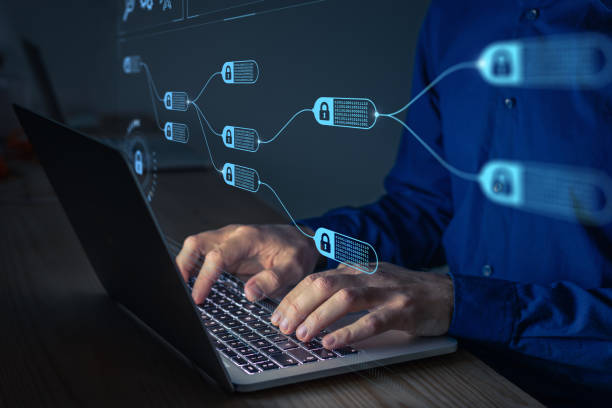
To find a transaction hash id on the blockchain, simply locate the transaction in question and look for the unique hash code associated with it. The blockchain is a decentralized digital ledger that is used to record transactions.
Each transaction on the blockchain is identified by a unique hash code that helps verify its authenticity and track its progress. To find a transaction hash id on the blockchain, you will need to locate the specific transaction in question using a block explorer website or application.
Once you have found the transaction, simply look for the unique hash code associated with it. This hash code can be used to confirm the details of the transaction and ensure that it has been successfully processed on the blockchain.
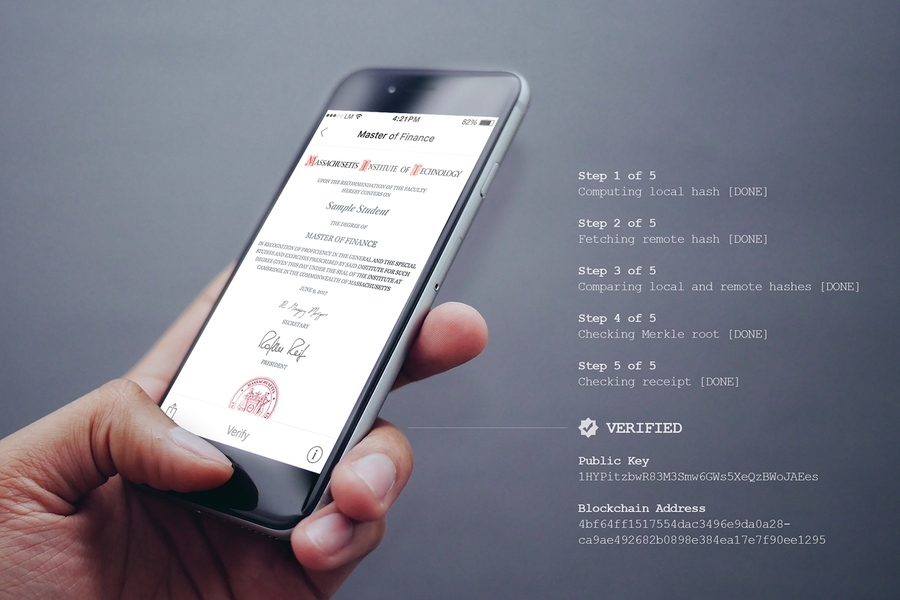
Credit: news.mit.edu
Understanding The Basics Of Blockchain And Transaction Hash Id
Defining Blockchain And Its Components
Blockchain is a digital ledger that records transactions chronologically. It is composed of multiple blocks that contain data, such as information about transactions, that are secured through cryptography. Blockchain is decentralized, meaning there is no central authority that governs it.
Instead, each participant in the network has their own copy of the entire ledger, which is automatically updated with each new block.
Introducing The Concept Of Transaction Hash Id
A transaction hash id is a unique identifier that is given to every transaction on a blockchain. It functions like a digital fingerprint for each transaction and ensures that transactions cannot be duplicated or altered. The transaction hash id is created through complex algorithms and is a long string of letters and numbers.
Why It Is Important To Know How To Locate Transaction Hash Id
Knowing how to locate transaction hash id is crucial for a number of reasons, including:
- Tracking your own transactions: When sending or receiving cryptocurrency, you can use the transaction hash id to track the progress of your transaction and ensure that it has been successfully completed.
- Verifying transactions: The transaction hash id can be used to verify that a transaction has occurred on the blockchain and that it is legitimate.
- Resolving disputes: In case of any disputes related to a transaction, the transaction hash id can be used as proof of the transaction’s details.
Understanding the basics of blockchain and transaction hash id is important for anyone who wants to use or interact with blockchain technology. By knowing how to locate transaction hash id, you can ensure the security and accuracy of your transactions on the blockchain.
Methods Of Locating Transaction Hash Id
Have you ever felt confused about how to find the transaction hash id on blockchain? Don’t worry; you’re not alone. In this section of the blog post, we will explore two different methods to easily locate the transaction hash id.
Method 1: Finding Transaction Hash Id On Block Explorer
A block explorer is a powerful tool that allows you to browse blockchain transactions and look up specific accounts. Here are the key points to use a block explorer to find transaction hash id:
- Step 1: Open a block explorer. There are many block explorers available online, such as etherscan, blockchair, and blockchain.com.
- Step 2: Enter your wallet address or transaction hash id in the search bar.
- Step 3: Once you have found the transaction, you should see a unique identifier string of letters and numbers that represent the transaction hash id.
Method 2: Finding Transaction Hash Id On Wallet App
If you have made a transaction on a wallet app, you might be able to find the transaction hash id within the app itself. Here are the key points to locating the transaction hash id on a wallet app:
- Step 1: Open the app that you use for managing your cryptocurrency.
- Step 2: Navigate to the transaction history or transaction details for the specific transaction.
- Step 3: Look for the transaction hash id in the details of the transaction. It may be displayed as a long string of letters and numbers.
That’s it! You can now easily find the transaction hash id on blockchain by using either a block explorer or your wallet app. Remember, the transaction hash id is a unique identifier that can be used to track the transaction and verify its authenticity.
Tips And Tricks For Locating Transaction Hash Id
If you’re new to the world of blockchain, locating transaction hash ids can be quite challenging. However, it’s vital to familiarize yourself with this unique identification method since it plays a significant role in every blockchain transaction. Here are some tips and tricks for locating transaction hash ids quickly and efficiently.
Tip 1: Saving Transaction Hash Id For Future Reference
After completing a blockchain transaction, it’s essential to save your transaction hash id for future reference. This step may seem unnecessary, but it’ll come in handy if you want to track your transaction or dispute it. Here’s how to save your transaction hash id:
- Look for the transaction details on the blockchain explorer.
- Copy the transaction hash id.
- Paste the hash id on a spreadsheet, document, or any other safe location.
- Label the hash id for easy reference.
- Keep the document safe so that you may have easy access to the transaction hash id when required.
Tip 2: Checking For Confirmations
After sending a transaction on a blockchain, you’ll need to wait for confirmations. A single confirmation means that a miner has included your transaction in a valid block. Multiple confirmations imply further verification of the transaction, making it tougher to claim that the transaction never went through.
Here’s how to check for confirmations:
- Look for your transaction on a blockchain explorer.
- Find the block that contains your transaction.
- Count the number of confirmations for your transaction.
- Make sure that the confirmations are in line with the blockchain’s current block height.
Tip 3: Verifying Transaction Details
Before sending a blockchain transaction, it’s imperative to verify the transaction details, such as the wallet address, amount, and gas fee. Additionally, it’s essential to review the details again after the transaction goes through to ensure that everything is in order.
Here’s how to verify transaction details:
- Double-check the destination wallet address to avoid sending coins to the wrong wallet.
- Confirm the correct amount of coins to send before clicking send.
- Check the gas fee to ensure that it’s reasonable and can confirm the transaction within your preferred timeframe.
- Verify the transaction hash id to ensure that it matches the transaction that you intended to send.
Following these tips and tricks will help you locate transaction hash ids on a blockchain platform with ease. Remember to save your hash id for future reference, check for confirmations, and verify transaction details to prevent mishaps. Happy blockchain transactions!
Troubleshooting Common Issues With Locating Transaction Hash Id
Issue 1: Transaction Hash Id Not Found
If you’re searching for transaction hash id on a blockchain, but you couldn’t find the relevant information, don’t worry! Here are some common issues that might be causing this problem:
- Double-check if you’re searching on the correct blockchain explorer. Each blockchain has its unique explorer, and the transaction hash id wouldn’t appear if you’re searching on the wrong explorer.
- Check if the transaction is new. If it’s, the chances are high that the transaction hasn’t been added to the blockchain yet, and that’s why it isn’t showing. Give it some time, and try searching again.
- If you have copied the transaction hash id from an unreliable source, there’s a possibility that it’s entirely wrong. Try searching through the explorer by typing the hash id manually instead.
Issue 2: Transaction Hash Id Is Incorrect
Sometimes, you might have a hash id of the transaction that’s incorrect, and that’s why you aren’t getting the desired results. Here’s what you can do to resolve this issue:
- Double-check the hash id that you have and make sure there are no typos. Even an extra or missing character can cause the search to be invalid.
- Check if you’re searching on the correct blockchain. Hash ids can be lengthy and difficult to remember, and there’s a possibility that you have accidentally typed on the wrong blockchain explorer.
- Sometimes, the transaction hash id might have already been used. In that case, it won’t be valid anymore. If that’s the case, try to locate the recent hash id of the transaction.
Frequently Asked Questions On How To Find Transaction Hash Id On Blockchain
What Is A Transaction Hash Id On The Blockchain?
A transaction hash id is a unique code that identifies a particular transaction on the blockchain. It is a long string of alphanumeric characters generated by hashing the transaction data.
How Do I Find My Transaction Hash Id?
To find your transaction hash id, go to your crypto wallet or blockchain explorer and search for the transaction you want to identify. Once you find it, the transaction hash id should be displayed next to it.
What Is The Importance Of A Transaction Hash Id?
The transaction hash id helps you track the status of your transaction and confirm its completion on the blockchain. It is also used to verify the authenticity of a transaction and prevent fraud on the blockchain.
Can A Transaction Hash Id Be Changed?
No, once a transaction is recorded on the blockchain, its hash id is permanent and cannot be changed. Even if a portion of the transaction data is altered, the hash id will change, alerting users to the tampering attempt.
Is A Transaction Hash Id The Same As A Wallet Address?
No, a transaction hash id is different from a wallet address. A wallet address is a unique string of characters that identifies a particular user’s wallet on the blockchain, while a transaction hash id identifies a specific transaction.
Conclusion
Finding a transaction hash id on the blockchain might seem like a daunting task, but with the proper information and guidance, it becomes much easier. By following the steps outlined in this post, you can find a transaction hash id on the blockchain without any hassle.
Always remember to check the accuracy of the provided information to avoid any loss or mistakes. It is also important to note that the blockchain is constantly evolving, and new tools and techniques might come up that can make this process even more efficient in the future.
Therefore, it is important to stay up-to-date with the latest trends and updates in the blockchain space. So, keep exploring, learning, and upgrading your skills to maximize your use of this innovative technology and stay ahead in this dynamic world.





